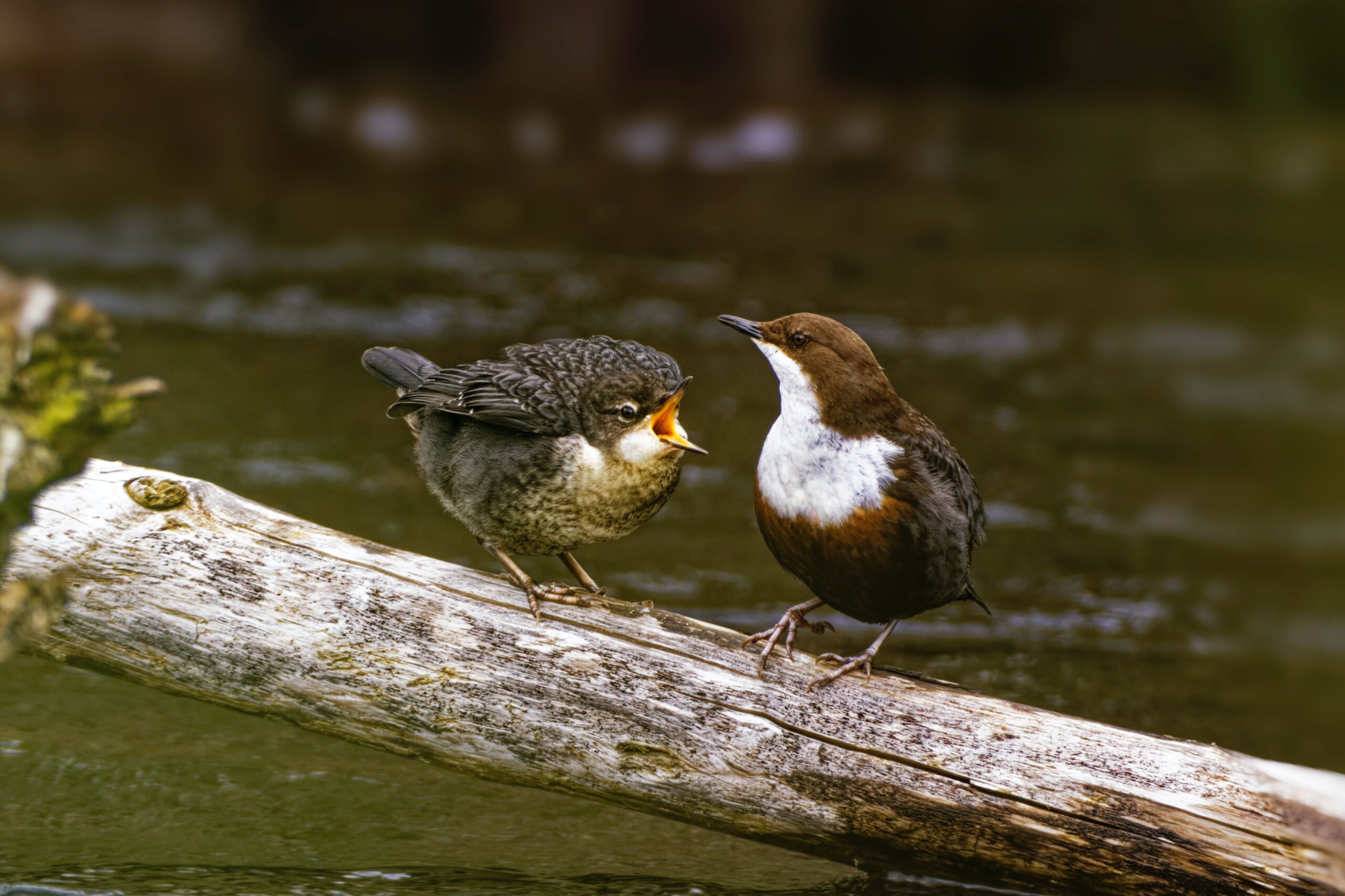Introduction: Meet Dipper, the Master of Adaptation in Challenging Environments
In the world of birdwatching, there are few species as fascinating and adaptable as the Dipper. This small, unique bird has mastered the art of survival in some of the harshest environments on Earth. From its physical adaptations to its clever behavioral strategies, the Dipper has become a true master of adaptation. Join us as we delve into the fascinating life of this remarkable bird and explore its various adaptations that enable it to thrive in challenging environments.
The Fascinating Life of Dipper: An Overview of this Unique Bird Species
The Dipper, scientifically known as Cinclus cinclus, is a small passerine bird that belongs to the family Cinclidae. It is commonly found in fast-flowing streams and rivers across Europe, Asia, and North America. With its plump body, short wings, and short tail, the Dipper has a distinctive appearance that sets it apart from other bird species.
Physical Adaptations: How Dipper Thrives in Harsh Environments
One of the most remarkable physical adaptations of the Dipper is its waterproof plumage. The feathers of the Dipper are densely packed and coated with a special oil that repels water, allowing it to dive and swim underwater in search of food. This unique adaptation enables the Dipper to forage in fast-flowing streams and rivers, where it can find an abundance of aquatic invertebrates.
Another physical adaptation that aids the Dipper in its challenging environment is its short legs and strong claws. These adaptations allow the bird to cling onto rocks and navigate through turbulent waters with ease. Additionally, the Dipper has a specialized nasal structure that enables it to breathe while submerged, further enhancing its ability to thrive in its aquatic habitat.
Behavioral Adaptations: The Clever Strategies of Dipper for Survival
In addition to its physical adaptations, the Dipper has developed clever behavioral strategies to ensure its survival in challenging environments. One such strategy is its unique method of foraging. The Dipper is known for its distinctive bobbing motion, which it uses to search for prey beneath the water’s surface. By bobbing up and down, the Dipper creates ripples that disturb the aquatic invertebrates, making them easier to spot and catch.
Furthermore, the Dipper is highly territorial and fiercely defends its feeding and nesting areas. It uses a variety of vocalizations and displays to communicate with other Dippers and deter intruders. This territorial behavior ensures that the Dipper has access to sufficient food resources and suitable nesting sites, even in highly competitive environments.
Feeding Habits: Unraveling Dipper’s Unique Techniques for Finding Food
The Dipper’s feeding habits are truly remarkable. It primarily feeds on aquatic invertebrates, such as insects, larvae, and small fish. To catch its prey, the Dipper dives into the water and walks along the riverbed, using its strong legs and claws to cling onto rocks. It can remain submerged for up to 30 seconds, allowing it to search for food in the nooks and crannies of the riverbed.
One of the Dipper’s unique techniques for finding food is “dipping.” This behavior involves the bird submerging its head and upper body into the water while keeping its lower body above the surface. By doing so, the Dipper can access prey that is hidden beneath the water’s surface, such as insect larvae and small fish. This feeding technique showcases the Dipper’s adaptability and resourcefulness in finding food in challenging environments.
Nesting and Reproduction: Dipper’s Ingenious Solutions for Breeding in Challenging Environments
Breeding in challenging environments poses numerous obstacles for birds, but the Dipper has developed ingenious solutions to overcome these challenges. One of its remarkable adaptations is its choice of nesting sites. Unlike most birds, the Dipper builds its nest near fast-flowing streams and rivers, often behind waterfalls or in crevices along the riverbanks. This unique nesting behavior provides protection from predators and ensures a constant supply of food for the growing chicks.
The Dipper’s nest is a marvel of engineering. It is constructed using a combination of moss, grass, and twigs, and is lined with soft materials such as feathers and fur. The nest is carefully built to withstand the constant spray of water and the turbulent conditions of its environment. This adaptation allows the Dipper to successfully raise its young in challenging habitats where other bird species would struggle.
Migration Patterns: Understanding Dipper’s Seasonal Movements and Adaptations
While some bird species migrate over long distances, the Dipper exhibits a different pattern of movement. Instead of undertaking long-distance migrations, Dippers are known for their short-distance movements within their local habitats. During the breeding season, Dippers establish territories near their nesting sites and remain relatively sedentary. However, during the non-breeding season, they may move to lower elevations or downstream areas to find more favorable foraging conditions.
These seasonal movements are closely tied to the availability of food resources. As winter approaches and water bodies freeze over, Dippers may need to relocate to areas with open water to ensure a steady food supply. This flexibility in their movement patterns allows Dippers to adapt to changing environmental conditions and maximize their chances of survival.
Conservation Efforts: Protecting Dipper and its Adaptation Skills for Future Generations
Despite its remarkable adaptations, the Dipper faces numerous threats to its survival. Habitat loss, pollution, and climate change are all factors that can negatively impact the Dipper’s population. To ensure the long-term survival of this unique bird species, conservation efforts are crucial.
Protecting the Dipper’s habitat is of utmost importance. This includes preserving the quality of freshwater ecosystems, maintaining the natural flow of rivers, and preventing pollution from entering water bodies. Additionally, raising awareness about the importance of the Dipper and its adaptations can help garner support for conservation initiatives.
In conclusion, the Dipper is a true master of adaptation in challenging environments. Its physical and behavioral adaptations, unique feeding habits, ingenious nesting solutions, and flexible migration patterns all contribute to its ability to thrive in harsh habitats. By understanding and appreciating the remarkable adaptations of the Dipper, we can work towards protecting this species and ensuring its survival for future generations of birdwatchers to enjoy.

